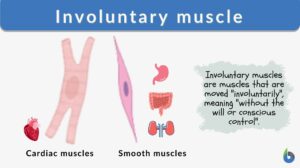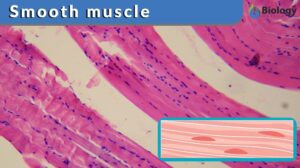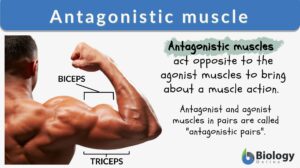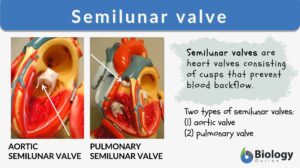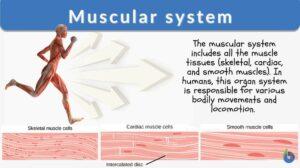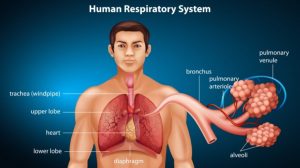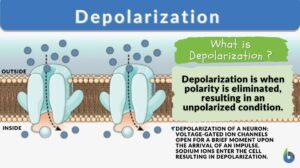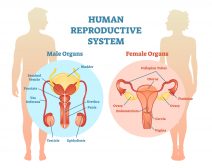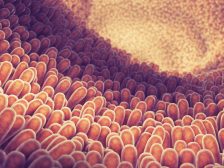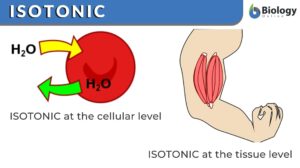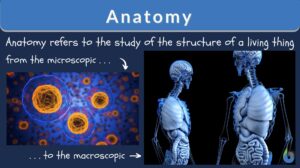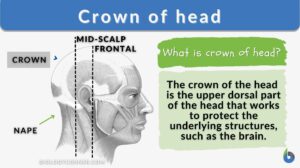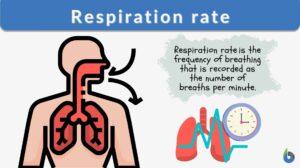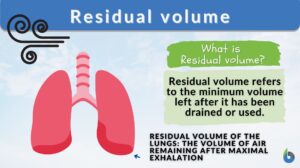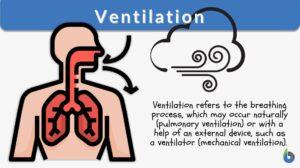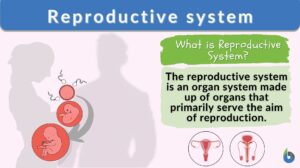Search Results for: contract
Involuntary muscle
A muscle act typically either under the control of the will or without conscious control. Muscles that can be controlled at... Read More
Smooth muscle
The smooth muscle can be described as a type of muscle in the human body that is non-striated and involuntary in action.... Read More
Circulation
Blood Blood is composed of a liquid, plasma, and blood cells such as erythrocytes (red blood cells,) leukocytes (white... Read More
Antagonistic Muscle
Definition of Antagonistic Muscle What does the term “antagonistic” mean? As the name suggests, the word antagonistic... Read More
Peristalsis
What is Peristalsis? Peristalsis is the series of involuntary, wave-like muscle movements in the cylindrical, hollow tube... Read More
Semilunar valve
The human heart structure consists of heart chambers (2 atria and 2 ventricles) that differ functionally from each other.... Read More
Agonist muscle
Definition noun A muscle that contracts while another muscle relaxes Supplement Muscles may be classified according to the... Read More
An introduction to Homeostasis
Researched and Written by Jonjo Minns Submitted to biologyonline.com on February 25, 2009. Published in biologyonline.com... Read More
Ventricular syncytium
Definition noun A network of cardiac muscle cells connected by gap junctions that allows coordinate contraction of the... Read More
Newly Discovered Exploding Ants – Colobopsis explodens
A new ant species, Colobopsis explodens, was recently identified. Similar to other exploding ant species, Colobopsis... Read More
Amaurotic pupil
Amaurotic pupil pupil in an eye that is blind because of ocular or optic nerve disease; this pupil will not contract to... Read More
Penis erection of the
penis, erection of the When the penis fills with blood and is rigid. The penis contains two chambers, called the corpora... Read More
Neuromuscular junction
Definition noun A chemical synapse between a motoneuron and a muscle fiber, through which a signal is transmitted that... Read More
Starlings law
Definition noun Starling’s law states that the force of contraction depends on the length of muscle fibers of the heart... Read More
Muscular system
Muscular System Definition What is the muscular system? The muscular system is a system that includes muscle cells and... Read More
Respiration
Organization of the Respiratory System Each lung is composed of air sacs called alveoli - the sites of gas exchange with... Read More
Atrial syncytium
Definition noun A network of cardiac muscle cells connected by gap junctions that allows coordinate contraction of the... Read More
Depolarization
Depolarization is the removal of polarity by a process or action. It might also be used to describe how such activity leads... Read More
Directed case study method for teaching human anatomy and physiology
DIRECTED CASE STUDY METHOD FOR TEACHING HUMAN ANATOMY AND PHYSIOLOGY William H. Cliff and Ann W. Wright Department of... Read More
Human Reproduction
Terminology and Concepts Primary reproductive organs are called gonads - testes in the male and ovaries in the female.... Read More
Digestion and Absorption of Food
The gastrointestinal (GI) system includes the gastrointestinal tract (mouth, pharynx, esophagus, stomach, small intestine,... Read More
Nectophore
Definition noun, plural: nectophores The swimming bell in (the colony of) siphonophores Supplement The nectophores are the... Read More
Jaw jerk reflex
Definition noun A stretch reflex that manifests as the contraction of the masseter and the temporalis muscles in response to... Read More
Respiratory system
Definition noun An organ system comprised of organs and structures associated for respiration or gas exchange Supplement An... Read More
Epithelium
An epithelium is a type of animal tissue made up of densely packed cells (called epithelial cells) that rest on a basement... Read More
Crown of head
Crown of Head Definition The crown of the head is the upper dorsal part (or area) of the head. Several creatures have... Read More
Respiration rate
Respiration Rate Definition Respiration rate is a vital life process that expresses the breathing rate in an organism... Read More
Residual volume
Residual volume is a term that is most often seen in lung physiology where it is defined as the amount of air remaining in... Read More
Gag reflex
Definition noun, plural: gag reflexes A reflex contraction characterized by retching or gagging when a foreign body comes in... Read More
Ventilation
Ventilation Definition Often when persons think of ventilation, they think of getting clean or enough air into a room. This... Read More
Expiration
Expiration (Science: physiology) The act of breathing out or expelling air from the lungs. Origin: L. Spirare = to breathe a... Read More
Reproductive system
What is the Reproductive System? The reproductive system of an organism is the biological system made up of all the... Read More

